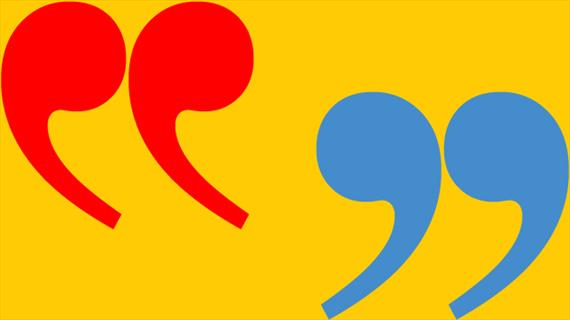How do you learn to write? By reading the works of great writers! Here are 11 quotes about the writing process and the writing lessons and projects they can inspire by WeAreTeachers lesson-ideas blogger Erin Bittman.
- Writing About Cause and Effect
“At first, I see pictures of a story in my mind. Then creating the story comes from asking questions of myself. I guess you might call it the ‘what if—what then’ approach to writing and illustration.” —Chris Van Allsburg
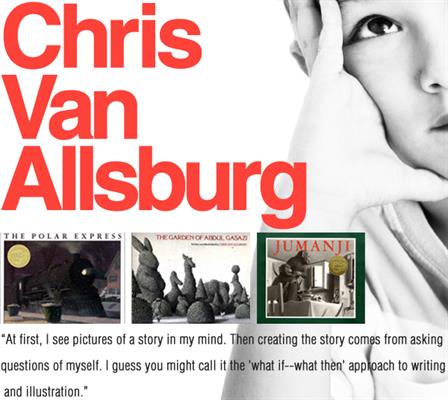
Where to start? Often, kids have a hard time figuring out what to write about. Share this Chris Van Allsburg quote as a lead-in to exploring cause-and-effect relationships to generate ideas for writing.Lesson: Chain Reaction! (Whole Group)
Get students inspired to brainstorm ideas using the “what if—what then” approach by involving them in a whole-group game. Everyone sits in a circle. One student starts off a story with a statement (the cause). The next person adds the effect. The effect now becomes the new cause. The next person adds an effect and so on.Example:
1. My books are heavy.
2. I dropped them.
3. Amelia tripped over them.
4. She knocked over the trashcan.
5. Trash flew everywhere!
6. The teacher slipped on a banana peel.
7. She knocked over the book cabinet.Lesson: Cause-and-Effect Comics (Art Integration)
Have your students create a simple comic strip by folding a blank sheet of paper in half three times to make eight boxes. (To create digital comics, you can use bitstrips.com.) Invite students to draw a character performing some action in the first box. Then, have them think “what if” and “what then?” for the remaining panels. For every action, there is a reaction. Students can sketch a sequence of events in the boxes. Next, they can edit and polish their comic strips or use the rough comic as a visual outline to begin writing a story. Their comic doesn’t have to be beautiful. They are creating thumbnails to help them figure out what they want to write about and how their story will flow. The sketches will help visual learners piece together their story. - Creating a Character
“A good writer is always a people watcher.” —Judy Blume
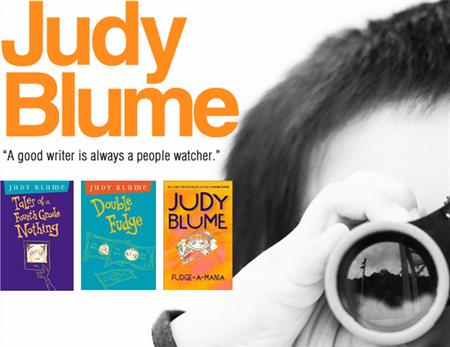
Constructing your characters’ personalities—how do they act?Lesson: Character Detective (Inference Skills)
Collect a stack of pictures of everyday people by tearing out pages of magazines or printing photos from a site like Humans of New York or Faces of the World. Have each student choose a picture, or distribute them randomly. Invite students to study their pictures. Explain that they are going to use these pictures as a basis for a character in a story. Ask: What do you infer? What is the person doing? How old is he or she? What does the person’s facial expression tell you? Have students make a list of traits for their characters both inferred and imagined using this organizer. Then, challenge them to write a one-page story about their characters. Later have students share their pictures and stories. - What Makes a Character a Hero?
“Courage is found in unlikely places.” —J.R.R. Tolkien

Lesson: What Does a Hero Look Like?
Using chart paper, ask students to name a person (real or fictional) that they consider to be courageous. Next, ask: What qualities make someone courageous? Do the individuals they chose share similar traits? Look at the list. In some cases, the individuals they chose as heroes don’t match up to the characteristics we traditionally identify as heroic. Circle these names and talk about unlikely heroes. Then, have students work in small groups. Hand out a slip of paper to each group with an unlikely hero: a 90-year-old great grandma, a Chihuahua, a 4-year-old younger brother, a waiter in a restaurant… With only 10 minutes to work, challenge students to think of a story in which their character would be a hero. Afterward, come together and let each group tell their quick story. - Writing Scary Stories
“I try to create sympathy for my characters, then turn the monsters loose.” —Stephen King
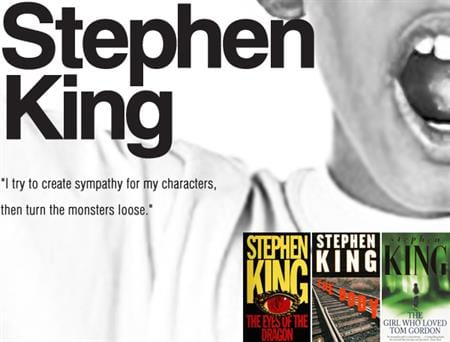
Lesson: Monstrous Stories
Challenge students to create a story with a terrifying monster! In order for readers to cheer and support the main characters, their characters must be likable. Ask students what they think Mr. King means by the quote. Then, challenge students to make up dynamic characters that encounter a strange paranormal creature. How can they create sympathy for their characters? Is their creature nice or villainous in the end? They decide! - Creating the Setting
“There’s always room for a story that can transport people to another place.”— J.K. Rowling

Lesson: Transport Jar (Social Studies and Math Integration)
Different locations are written on pieces of scrap paper, folded up and placed inside of a jar, the “transport jar.” Locations could be Fiji, Disney World, the Mojave Desert, New York, Antarctica, Tokyo. Students pull out one of the pieces of paper and write a story using the setting they randomly chose from the jar. Students must research their setting. Who or what lives there?! What is the vegetation and climate like? Is it a remote area or does it attract many tourists? Are there any famous landmarks there? What do people like to eat? How do they dress? If you are using real places, have students use Google Earth to find their locations. Then, to integrate math into this lesson, have the students choose a landmark in the area they chose and find the area and perimeter of it! If the setting they chose is imaginary, have the students sketch out an area and perimeter for a make-believe landmark. Try this video tutorial. - Time Traveler Adventures
“Telling a story in a futuristic world gives you this freedom to explore things that bother you in contemporary times.” —Suzanne Collins
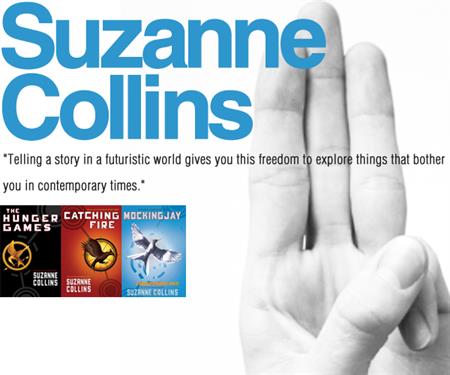
Lesson: Time Traveler (Social Studies Integration)
Start a class discussion by asking “What is one thing you wish you could change about the world?” Record student answers on chart paper. Then share with them the quote from Suzanne Collins. Talk to them about the way setting a story in the future gives the writer a chance to imagine how our world could be different. Next, tell them that they are going to be time travelers. They can imagine that they have taken a trip in a time machine to an era when the problem they identify is now fixed or the change they want has now happened. Have the students write a short story about their adventure. Then, encourage children to try to solve the problem in today’s world with a different kind of writing. Have students research ways to make a change. Is there a local, state or national official to whom students can send a polite, formal letter? Engineering integration: To further develop problem-solving and critical-thinking skills, have the children construct an imaginary time machine. You can put students in charge of different tasks: research, design, construction, etc. They can use any recycled materials they wish. Keep the time machine in the classroom to use with additional history lessons all through the year. - Using Vivid Words
“We have eyes, and we’re looking at stuff all the time, all day long. And I just think that whatever our eyes touch should be beautiful, tasteful, appealing, and important.” —Eric Carle

Teach your students how to engage readers with interesting, descriptive and specific words (vivid verbs, interesting adjectives and precise nouns) that paint a picture with a lesson in copywriting.
Lesson: Persuade Me! (Student Ad Campaign)
Have students choose a healthy food that they love. Their goal is to persuade someone to want to try it. First, have students brainstorm words that describe their food. Then, have them use a thesaurus and see if they can find additional words that would make their food more tempting. Afterwards, have student groups do the storyboards for a mini-commercial. They can come up with a brand name and a jingle and try persuade their audience in a few sentences to purchase their food item. Did their choice of words make a difference? What if they used mundane words? Would their peers still be interested?Older students could try to persuade someone to watch their favorite movie, try their favorite product (hair, clothing, sneakers, etc.), or eat at their favorite restaurant. Then, they create an advertising campaign, highlighting reasons why their choice is worth seeing or testing.
- Using Music as Inspiration
“Where words fail, music speaks.” —Hans Christian Andersen
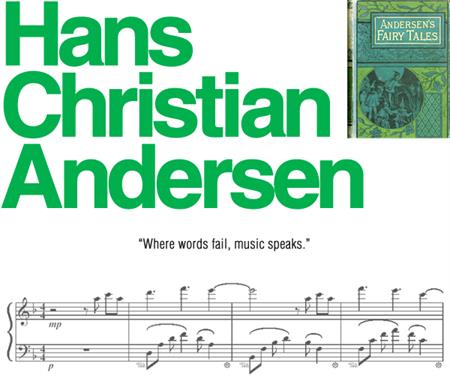
Music can be a great inspiration for writing. Try listening to to a variety of different genres during free writing time over the course of a week.
Lesson: Musical Inspiration (Math and Art Integration)
Listen to a variety of different genres of music. After each song, ask students what emotion the song is trying to evoke. Was it an upbeat melody, melancholy tune or angry track? Did the lyrics or the music move them? Next, put students into groups and challenge them to write song lyrics. The catch: Groups are randomly assigned an emotion by the teacher! They come up with the genre for their tune: pop, folk, rock, jazz, hip-hop, etc. Can their peers guess the emotion they wanted to express without background music to accompany their lyrics? Afterward, talk about how word choice can help readers empathize with the emotions expressed in their writing.To integrate art into this lesson, have students create playlist autobiographies. Students choose five to seven songs to which they have a personal collection. Have students write a paragraph about each song and design an album cover. What would their album cover look like?
- Show, Don’t Tell
“Don’t use adjectives which merely tell us how you want us to feel about the things you are describing. I mean, instead of telling us a thing was ‘terrible,’ describe it so that we’ll be terrified. Don’t say it was ‘delightful’; make us say ‘delightful’ when we’ve read the description. You see, all those words (horrifying, wonderful, hideous, exquisite) are only like saying to your readers, ‘Please, will you do my job for me?'” —C.S. Lewis
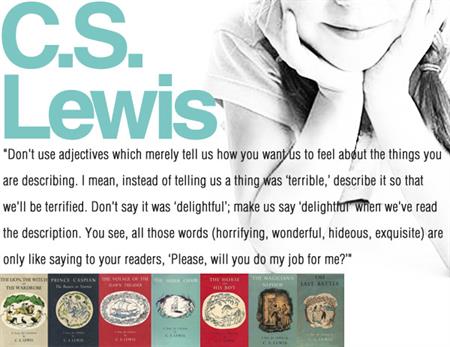
Writers can show without telling by using dialogue, describing the actions of their characters (facial expressions, voice, and body language), utilizing the five senses and incorporating figurative language.
Lesson: What’s in the Bag?! (Inference Skills)
For homework, students are given a brown paper lunch bag. They choose one item from home to put inside their bag. On the outside of their bag, they write three descriptive sentences that will kindle their peers’ senses. Their goal is to have their peers guess what is inside their bag. If their peers have trouble guessing, then they weren’t descriptive enough! They want to avoid stating the facts: what is inside their bag. Instead, they want to provide their peers with a detailed description of what it looks, feels and possibly smells, sounds or tastes like. - Sense and Nonsense Stories
“I like nonsense, it wakes up the brain cells. Fantasy is a necessary ingredient in living; it’s a way of looking at life through the wrong end of a telescope. Which is what I do, and that enables you to laugh at life’s realities.” —Dr. Seuss
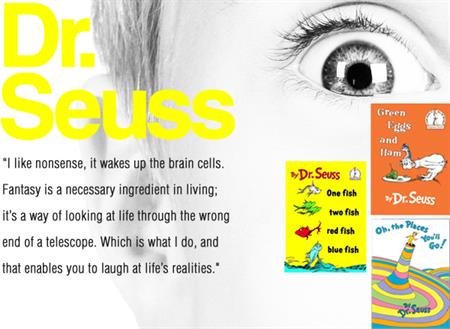
Spark students’ imagination to compose fantasy stories that are in and out of this realm.
Lesson: Bad Day
Read the book Wacky Wednesday by Dr. Seuss or show the video. Have students think about a day when everything seemed to go wrong. Then, challenge them to rewrite the events of that day with fantastic exaggeration. This activity will enable students to “laugh at life’s realities.” Students will discover that there is no wrong answer when it comes to their own imagination! - Observing the World Around You
“And above all, watch with glittering eyes the whole world around you because the greatest secrets are always hidden in the most unlikely places. Those who don’t believe in magic will never find it.” — Roald Dahl
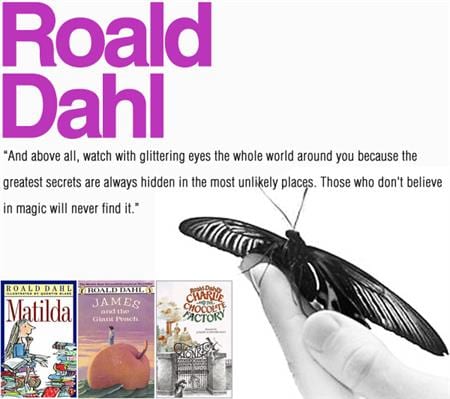
Lesson: Magic Journey
Take a walk around the school. Encourage your students to use their imaginations. For example, if the slide suddenly came to life, what would it say?! Lift up a rock, what lies beneath it? A kingdom of pill bugs! This will help students look at the world around them and transform everyday items into a component of fantasy to write about. With their journals and pencils in hand, they can jot down things they see that inspire them. Then, they add their own twist to create a fictional piece of writing. This activity will demonstrate that students can get inspiration from the world around them.
Looking for more? We have nine free Strategies for Writers lesson plans complete with teacher and student pages!
